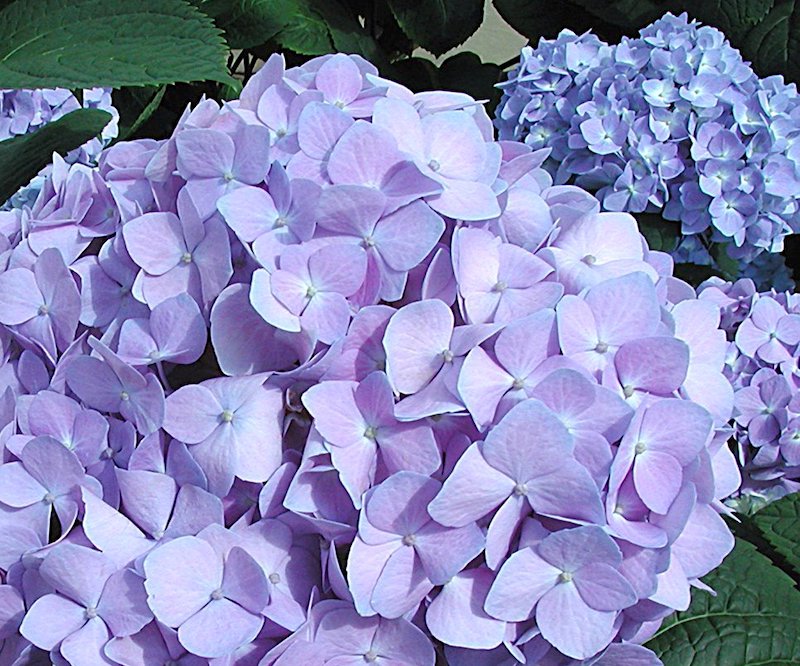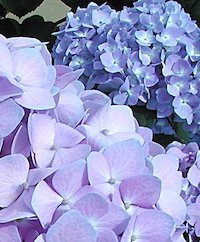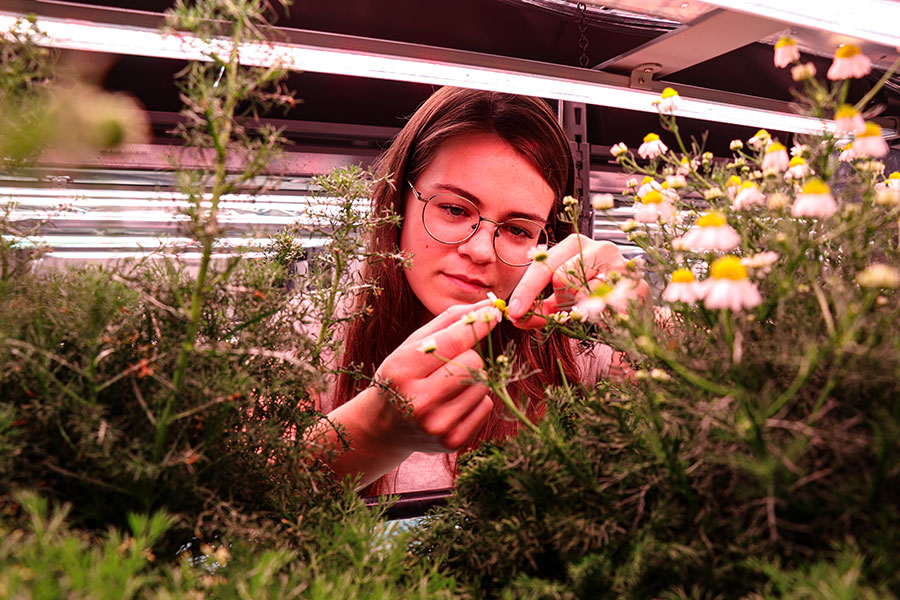My first question as Columbia County’s agriculture and natural resource Extension agent came from a gardener from my hometown of Lincolnton, Ga. She had planted pink hydrangeas in the spring, but now the blooms were blue.
As a knowledgeable gardener, she understood the importance of adding lime to the soil to influence pH level and thus the hydrangea’s color. However, she needed specific information about the kind of lime and method of application.
As all University of Georgia Cooperative Extension agents will tell you, the best gardening begins with a soil sample. A soil sample indicates the nutrients and pH level of the soil, eliminating the guesswork on how much fertilizer or lime is needed.
The secret's in the soil
Let’s look at why pH is so important.
Most major plant nutrients are more accessible at a pH of 6 to 6.5. A pH that is too high or too low can keep plants from absorbing nutrients from the soil. The nutrients are unavailable — or not absorbable — to the plant because of soil's chemistry. This problem can manifest itself in a variety of ways, but in the case of hydrangeas, the bloom color changes.
Color variation in hydrangeas is due to the presence or absence of aluminum compounds in the flowers. If aluminum is present, the color is blue. If it is present in small quantities, the color is variable between pink and blue. If aluminum is absent, the flowers are pink.
Soil pH indirectly changes flower color by affecting the availability of aluminum in the soil. When the soil is acidic (pH 5.5 or lower), aluminum is more available to the roots, resulting in blue flowers.
Most Georgia hydrangeas bloom blue
The majority of Georgia soils are acidic; therefore, most hydrangeas blooms are blue. When the soil is alkaline (pH 7.0 or higher), the availability of aluminum decreases. The flowers in this soil are typically pink.
To return my gardener’s hydrangeas to their original pink color, I recommended broadcasting one cup of dolomitic lime per 10 square feet and watering it into the soil. However, this method might take a year to see a noticeable change in flower color.
A faster way to achieve a change is through liquid soil drenches. Dissolve one tablespoon of hydrated lime in one gallon of water. Drench the soil around the plant in March, April and May with the solution. Avoid getting the solution on the leaves, as the solution can damage them.
Dolomitic limes are sold by many brands, including but not limited to Pennington, Greenacres, Lilly Miller and Green Earth. There are also several brands of hydrated lime on the market, including Hi-Yield, Bonide, Hoffman and Lee’s. All are effective choices.
Add sulfur to make pink flowers turn blue
While Georgia homeowners often encounter acidic soil, alkaline soils do exist. To gradually change flower color from pink to blue, broadcast half a cup of wettable sulfur per 10 square feet and water it in.
Again, a faster way to make the change is through liquid soil drenches. Dissolve one tablespoon of aluminum sulfate in one gallon of water, and drench the soil around the plant in March, April and May. Be sure to avoid getting the solution on the leaves.
If you are interested in planting hydrangeas this fall, first amend the soil in the projected planting area. Apply 50 pounds of a composted organic matter per 10 square feet and incorporate it thoroughly into the top 8 to 12 inches of soil with a tiller or shovel.
Dig the plant’s hole two times larger than the root ball. Don’t plant too deep. Make certain the top of the root ball is level with or slightly above the soil surface. Water thoroughly after planting and apply 3 to 5 inches of mulch.
Hydrangeas respond to several, light applications of fertilizer during the growing season. They are water-demanding plants and are best suited for the moderate water-use landscape zones.










